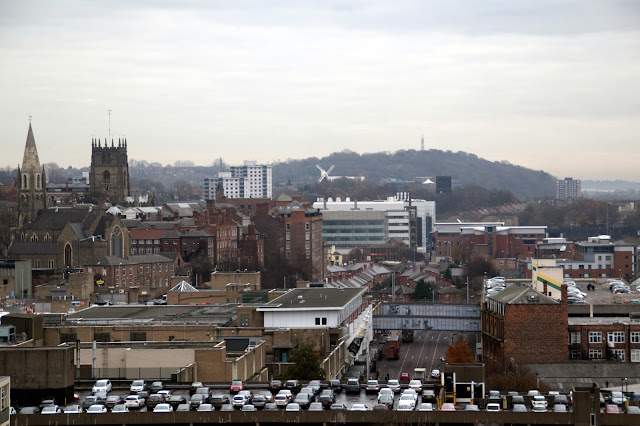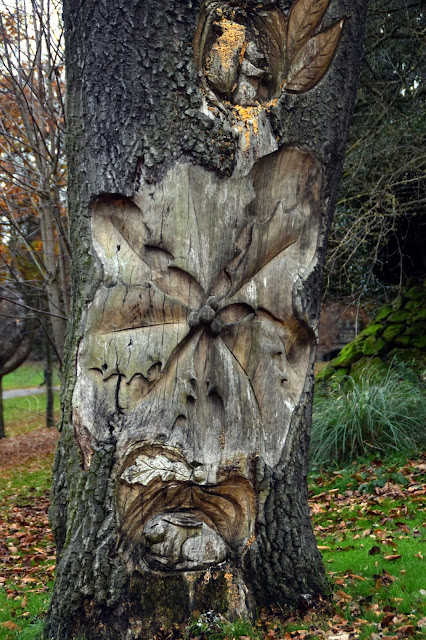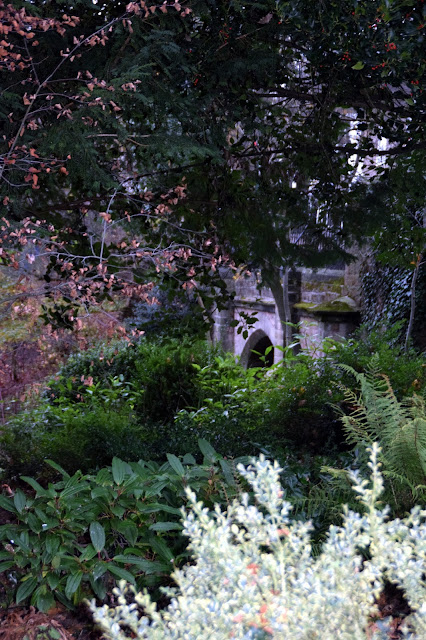Nottingham is a city in Nottinghamshire.
Nottingham, the regional capital of Nottinghamshire, received its first
charter from Henry II in 1155 and was made a city in 1897. It has long
been associated with the legend of Robin Hood, Raleigh bicycles and the
home of the Luddites. The city also played a decisive role in the
development of industrial Britain, with the advent of Arkwright's
spinning machine in 1769, transforming Nottingham into the lace capital
of England.
At the heart of the city is the old Market Square, one of the largest market places in the country, and once the setting for its famous October Goose Fair. The fair, which began in medieval times, is one of the largest in the UK. Quickly outgrowing this central venue by the early 1900s, it has been held since in Forest Fields, on the northern edge of town. The old medieval town grew up around its castle and market place, which is now at the centre an extensive shopping district, with two large indoor centres, plus a wide range of branded chain stores and many smaller bespoke outlets.
Today the city boasts three of the oldest sporting societies in Britain. The Trent Bridge county cricket club, opened in 1838. Nottingham Forest FC, established in 1865 and Notts County FC, established in 1862 - the oldest Football League club in England.
Nottingham has many historical attractions, such as the Lace Centre, brimming with delicate white and cream Nottingham Lace, the 17th century Nottingham Castle, and the 750 year old caves under the town centre. Located just below the castle is the 'Trip to Jerusalem'. Once a brew-house for the castle, it claims to be one of the oldest public inns in Britain, dating back to around 1189. It is said that the Crusaders stopped there for a hearty tankard of ale before setting off on their long journey to the Holy Land.
To the east of the castle hill stands a bronze statue of Robin Hood, the legendary outlaw of Sherwood Forest. The forest (to the north of Nottingham), once covered some two hundred square miles during the 12th century but now much has been felled for farmland. It was from this forest that the folklore hero is said to have carried on his infamous feud with the Sheriff of Nottingham. However, Nottingham's earliest records of a sheriff are not until 1449. It is possible that the stories may have been based on one of the many 12th or 14th century outlaws, who continued to resist the Norman and Plantagenet kings of that era.
At the heart of the city is the old Market Square, one of the largest market places in the country, and once the setting for its famous October Goose Fair. The fair, which began in medieval times, is one of the largest in the UK. Quickly outgrowing this central venue by the early 1900s, it has been held since in Forest Fields, on the northern edge of town. The old medieval town grew up around its castle and market place, which is now at the centre an extensive shopping district, with two large indoor centres, plus a wide range of branded chain stores and many smaller bespoke outlets.
Today the city boasts three of the oldest sporting societies in Britain. The Trent Bridge county cricket club, opened in 1838. Nottingham Forest FC, established in 1865 and Notts County FC, established in 1862 - the oldest Football League club in England.
Nottingham has many historical attractions, such as the Lace Centre, brimming with delicate white and cream Nottingham Lace, the 17th century Nottingham Castle, and the 750 year old caves under the town centre. Located just below the castle is the 'Trip to Jerusalem'. Once a brew-house for the castle, it claims to be one of the oldest public inns in Britain, dating back to around 1189. It is said that the Crusaders stopped there for a hearty tankard of ale before setting off on their long journey to the Holy Land.
To the east of the castle hill stands a bronze statue of Robin Hood, the legendary outlaw of Sherwood Forest. The forest (to the north of Nottingham), once covered some two hundred square miles during the 12th century but now much has been felled for farmland. It was from this forest that the folklore hero is said to have carried on his infamous feud with the Sheriff of Nottingham. However, Nottingham's earliest records of a sheriff are not until 1449. It is possible that the stories may have been based on one of the many 12th or 14th century outlaws, who continued to resist the Norman and Plantagenet kings of that era.
In 1995 Nottingham Playhouse initiated an artistic and architectural collaboration which culminated with the installation of Sky Mirror in 2001. This was a unique development in England, with a major public art commission for a leading international artist by a leading English theatre.
Sky Mirror created a new external environment to the Playhouse and continues to co-exist with the work that takes place within the theatre. Each have their own identity but both are part of the creative experience that Nottingham Playhouse delivers.
The Cathedral Church of St. Barnabas was opened in 1844. It was an event of undoubted importance as witnessed by this engraving reproduced from the London Illustrated News of 31st August that year.
The Old Market Square is an open, pedestrianised city square in Nottingham, England. It is the largest such surviving square in the United Kingdom, forming the heart of the city, and covering an area of approximately 22,000 m²
A historic, beautifully maintained park that is home to an important collection of over 800 trees, some of which are from the original collection planted in the 19th century, award winning Nottingham Arboetum is Nottingham's oldest public park and the closest park to the city centre, opened on 11 May 1852.













































No comments:
Post a Comment